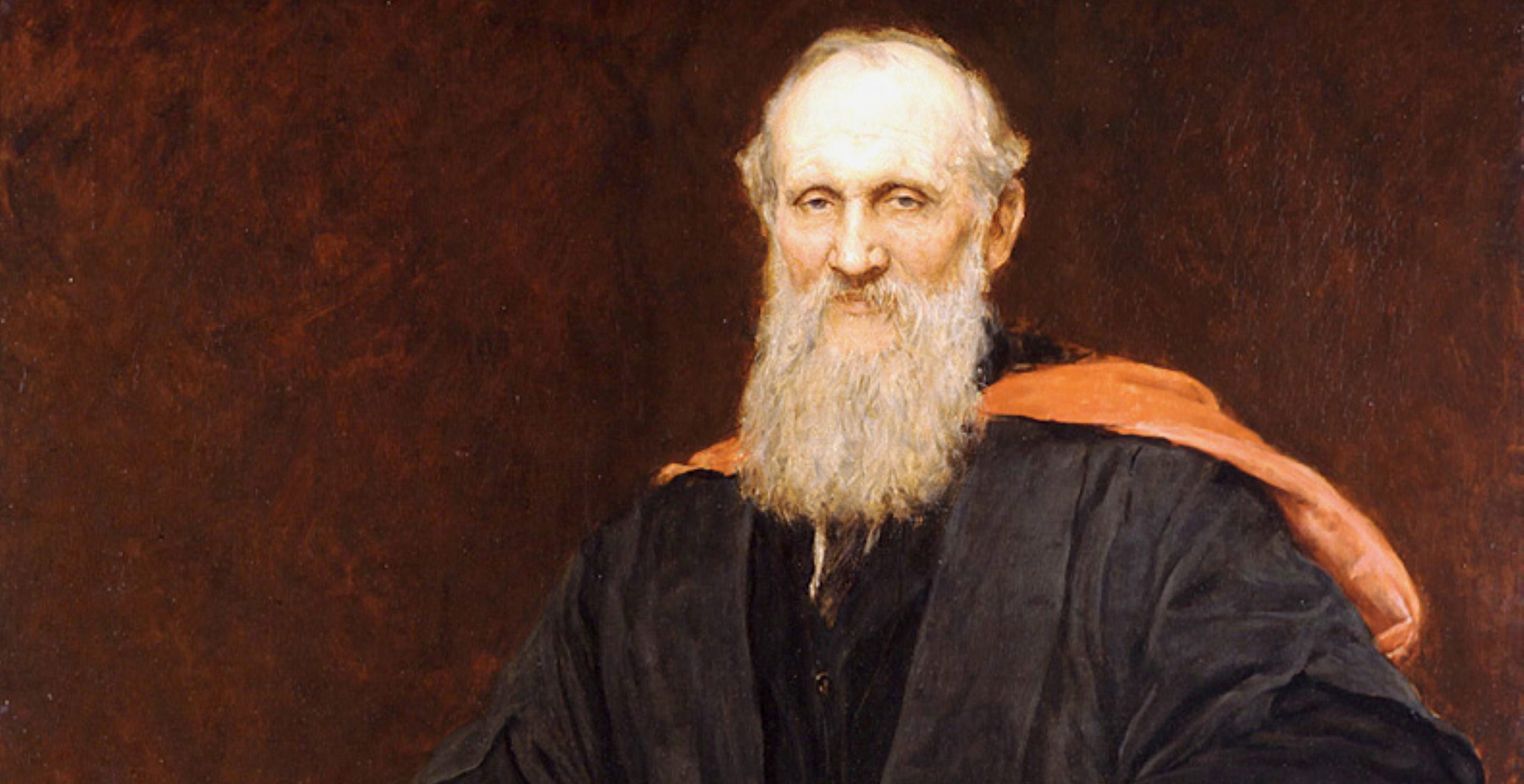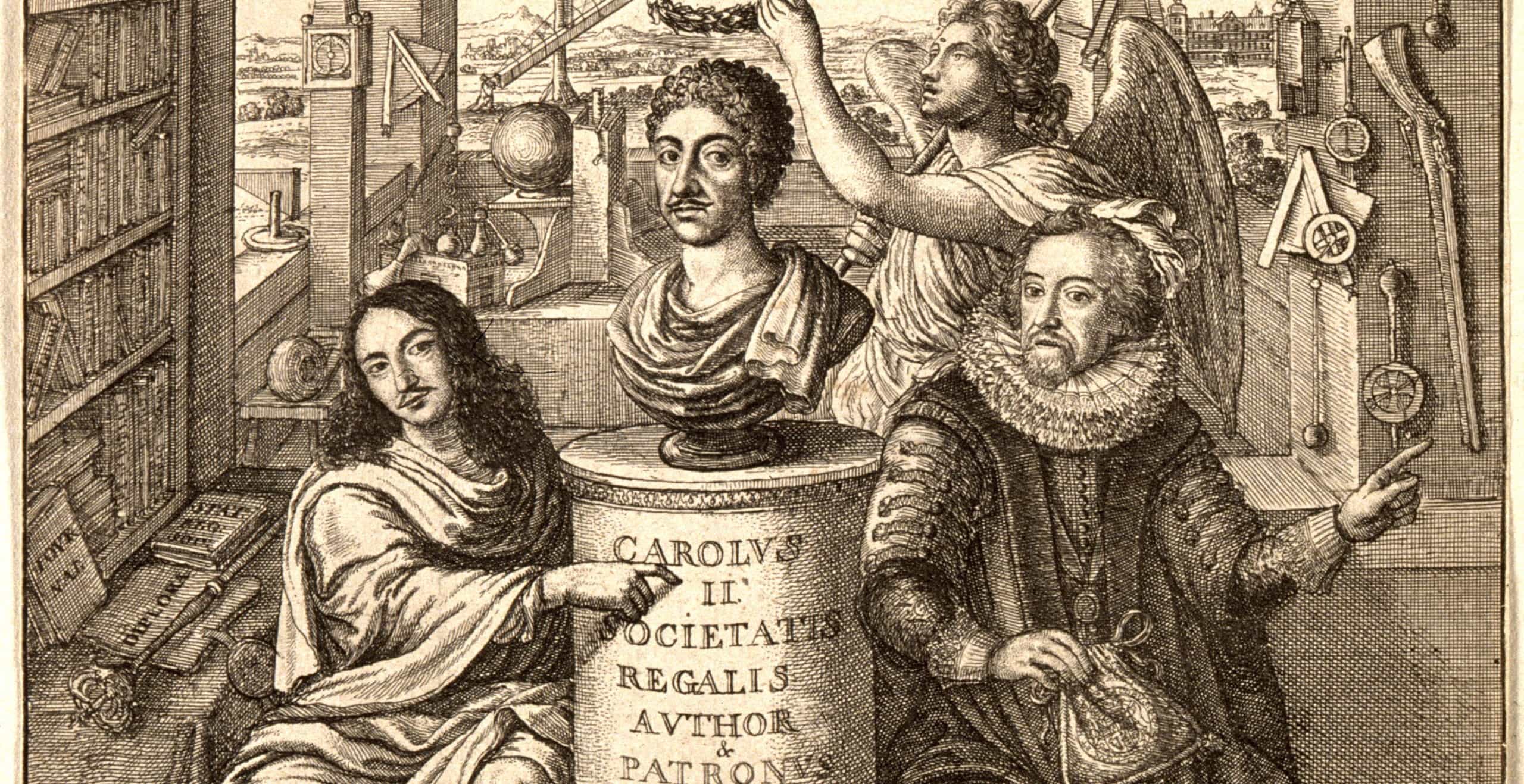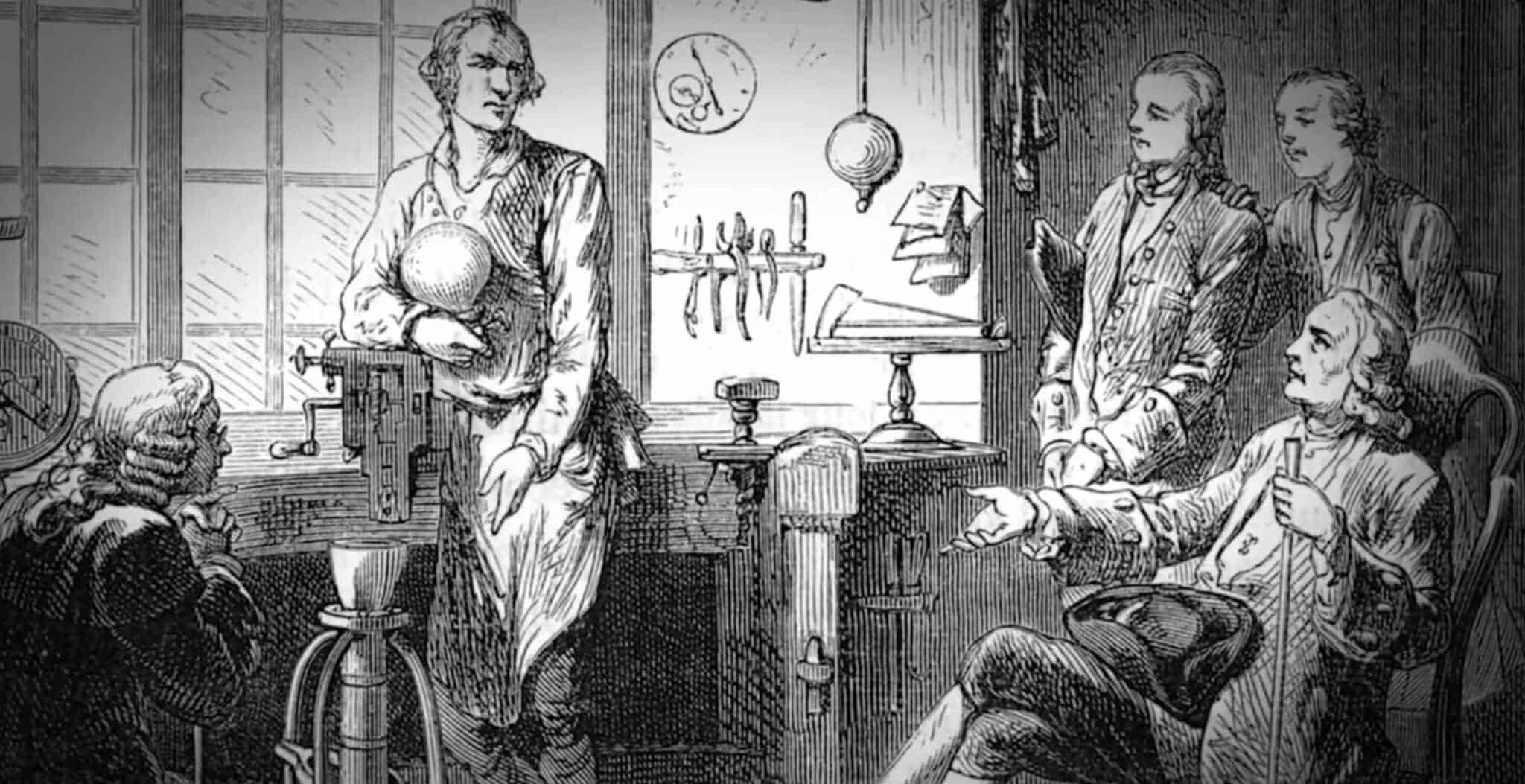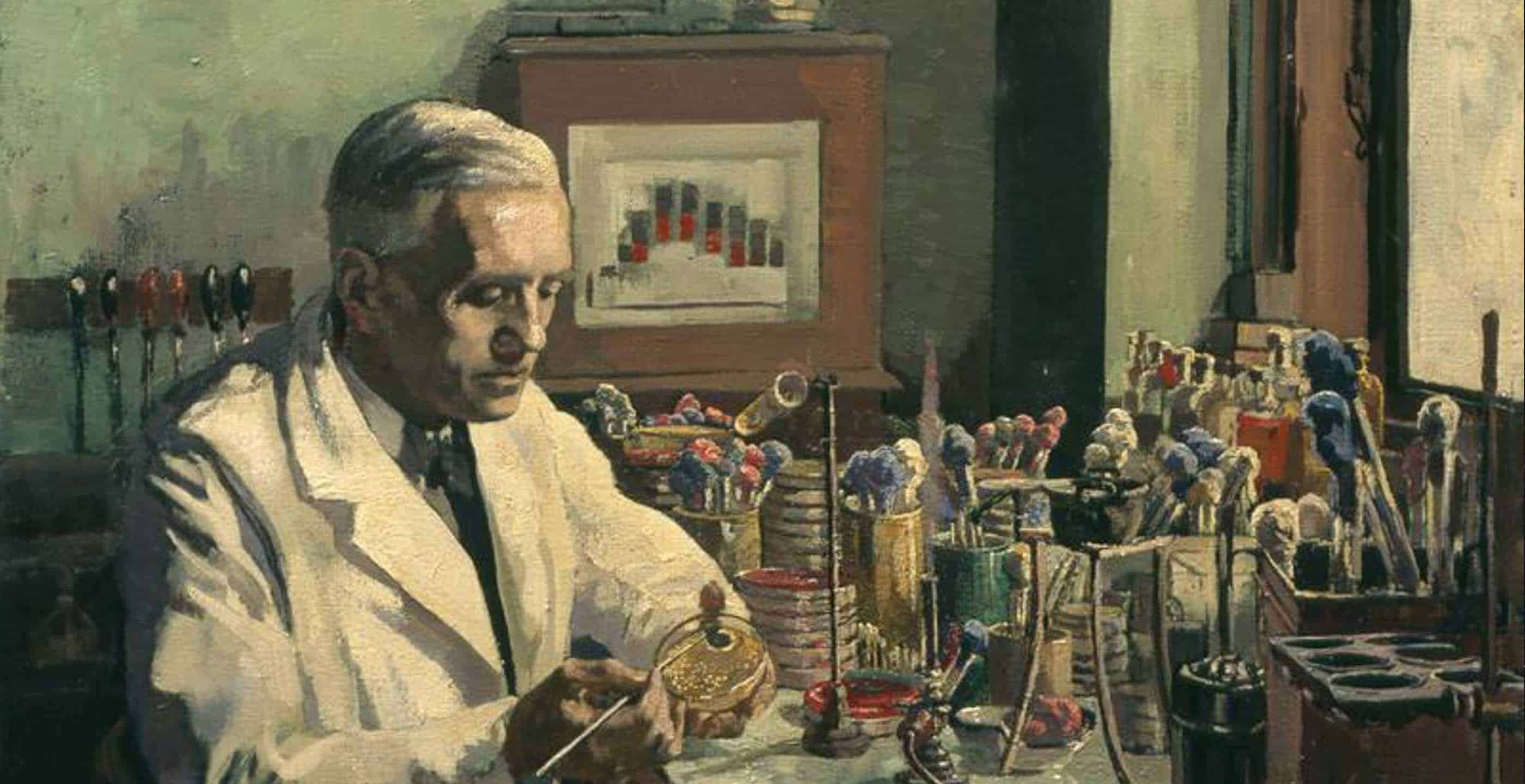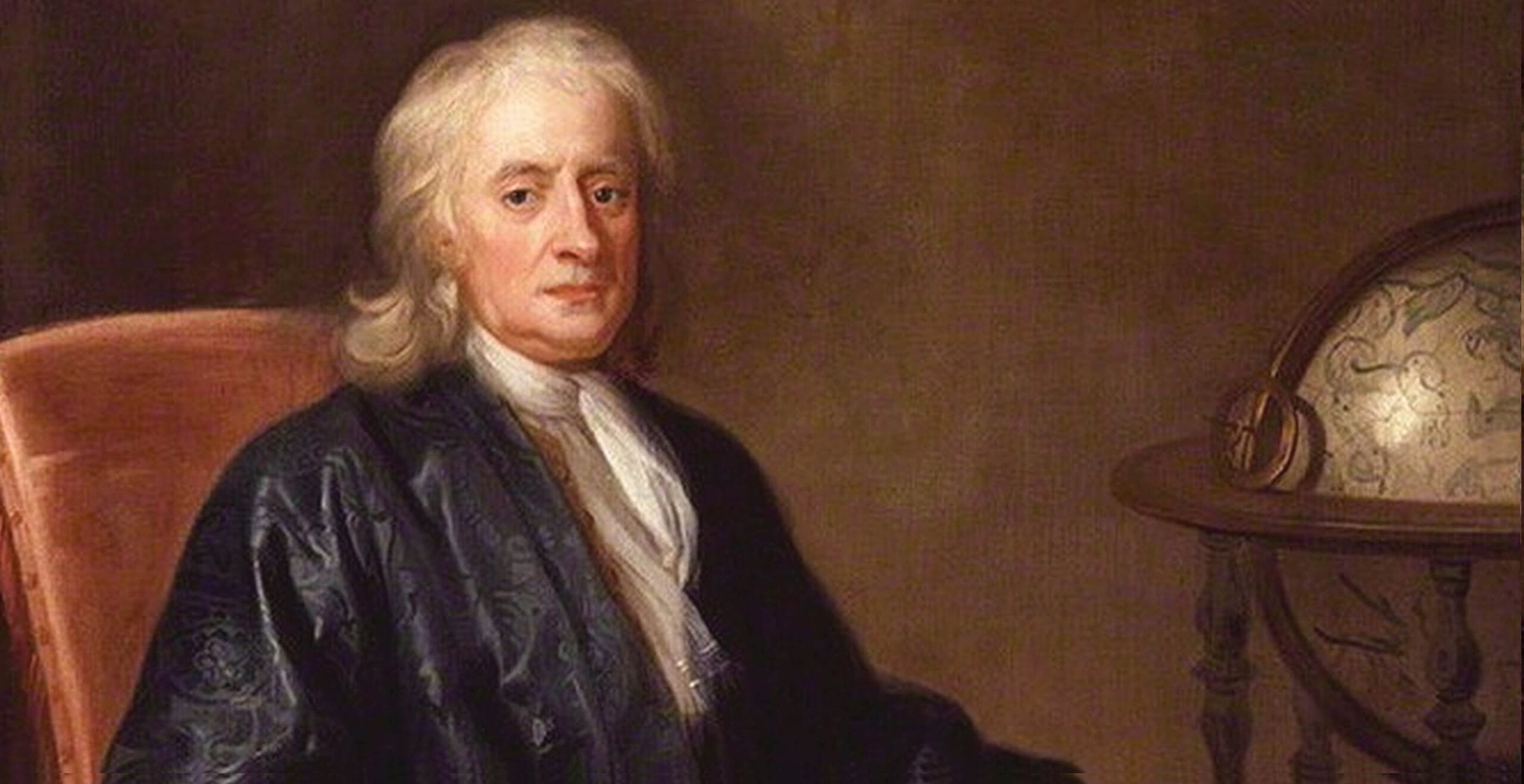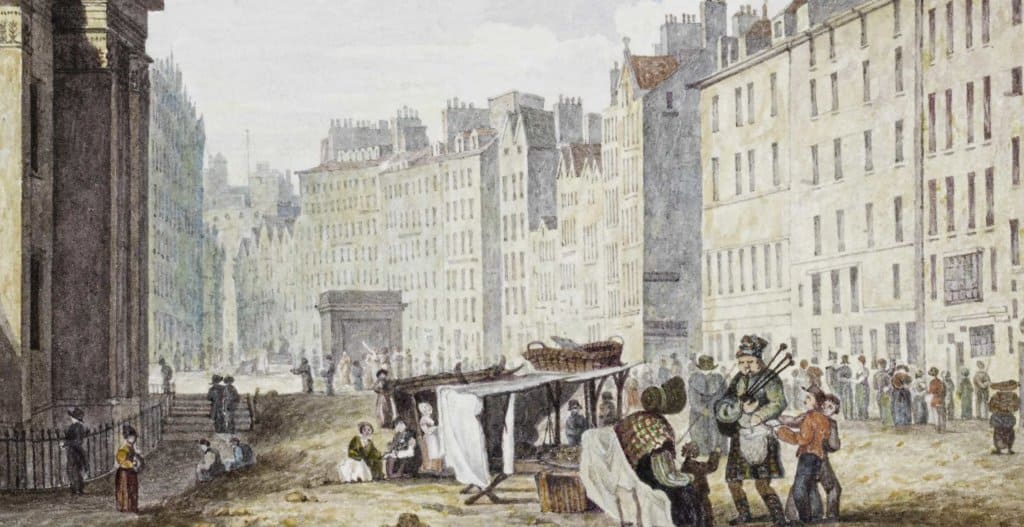‘To measure is to know.’ – William Thomson
William Thomson, who became Baron Kelvin of Largs, was a physicist, mathematician, and scientist whose achievements, discoveries and inventions have left their mark on the world to this very day. He had successes in everything from thermodynamics to telegraphy! The superlatives that are used to describe him as a scientist are prolific from both contemporaries and those that came after him.
He is universally known and respected for his contributions to both science and engineering. William Thomson is famous for many things, most notable however is his invention of the absolute temperature scale, or ‘Kelvin’ scale as it is known. This scale is what we use to measure temperature today. That is not his only invention still used to this day; he was chairman of the committee that was responsible for definitively naming the most accurate units of electrical measurement, the Volt, Ampere and Ohm. He also formulated the second law of thermodynamics and pioneered technology and headed the company that successfully installed the first telegraph cables under the Atlantic Ocean, revolutionising the communications industry.
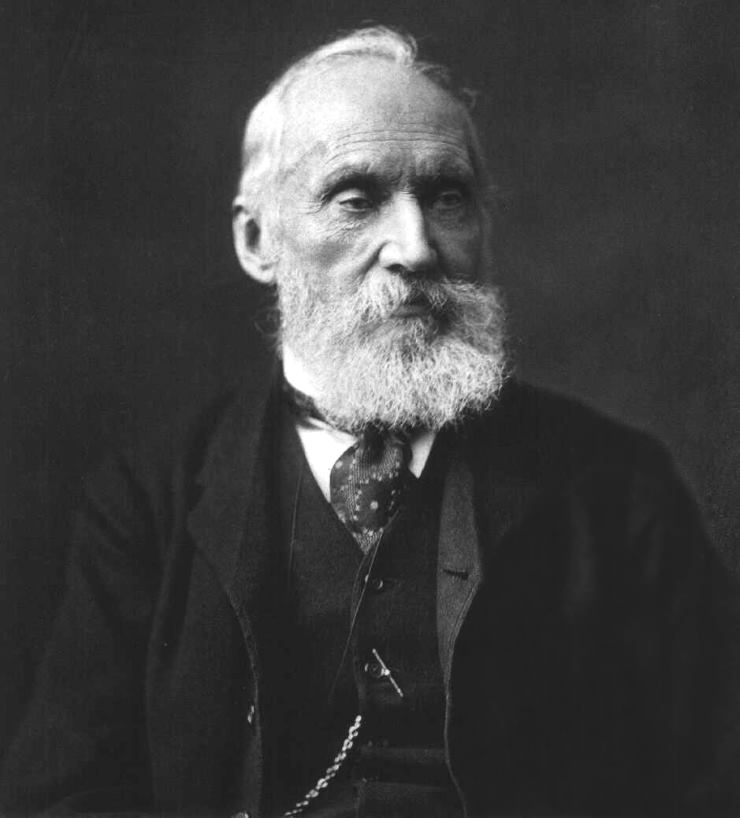
William was the fourth of seven children born to James and Margaret Thomson. He was born on 26th June 1824, in Belfast. William sadly lost his mother when he was only six, and was home-schooled by his mathematician father. This was certainly not to his detriment however, as he was admitted to study at the University of Glasgow when he was only ten years old! This institution was to become an undeniable home for Thomson, who certainly thrived there. The family had previously moved from Belfast to Glasgow in 1832, so that William’s father could take up the Chair of Mathematics at the University.
Whilst William was there he read the entirety of ‘The Analytical Theory of Heat’ by Jean Baptiste Joseph Fourier. This work was to define much of Thomson’s career going forward. In fact, the first paper that Thomson ever published, under the pseudonym P.Q.R., was a defence of Fourier’s work, the theories contained in which had recently fallen out of favour with contemporaries. Thomson wrote this paper at only 16 years of age, which was to be the first of many. The achievements that William had over his life are hard to quantify simply because he had so many! Estimates vary, but on his death, he had published upwards of 650 scientific papers and patented around 75 ideas and inventions.
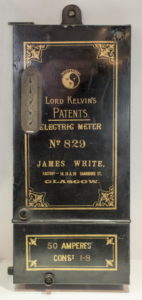
William attended the University of Cambridge between 1841 and 1845 and graduated with the highest honours. He then moved to Paris to study and work with notable scientists such as Henri-Victor Regnault. He did not remain in France for long, however, as in 1846 he returned to Glasgow University where he became the Chair of Natural Philosophy, at the age of just 22. This was a post he held for 53 years. He only stepped down to make room for younger scientists. Despite numerous honours from other universities and not a few attempts to lure him away to other institutions, Cambridge included, he remained loyal to his alma mater.
In 1847 Thomson met James Joule and during this time he formulated the second law of thermodynamics, which proved that heat will not flow from a colder material to a hotter material. Thomson was a natural experimenter, and his mantra was always, ‘when you can measure what you are speaking about, and express it in numbers, you know something about it, but when you cannot measure it, when you cannot express it in numbers, your knowledge is of a meagre and unsatisfactory kind.’ This is a belief that Thomson lived his life by.
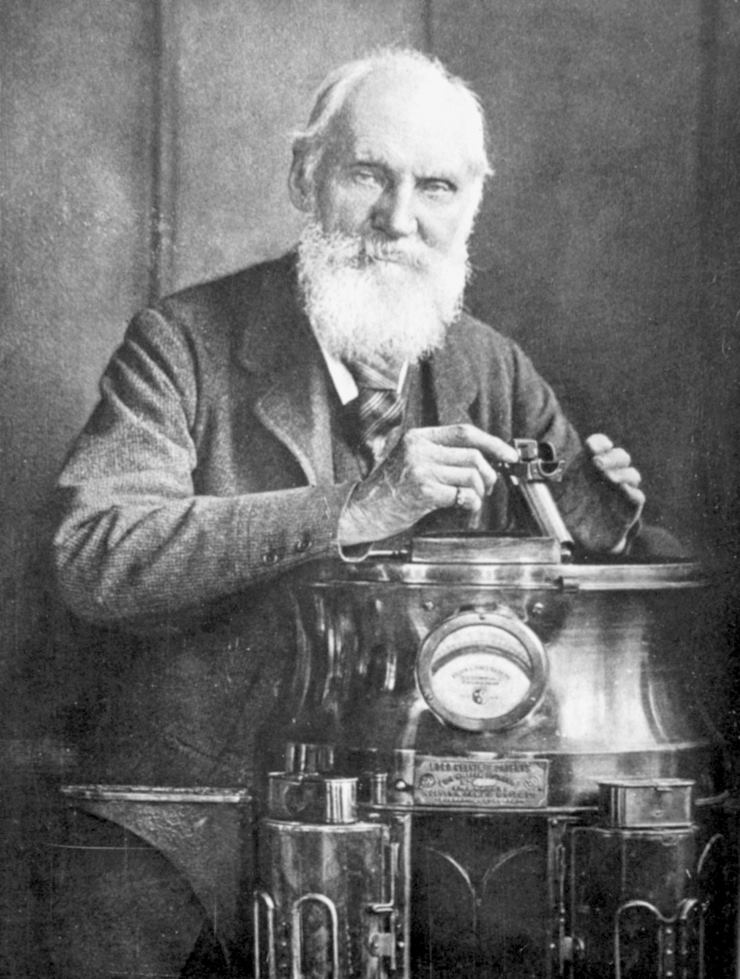
Thomson was known to make physical models to prove his experiments, placing great importance on the practical embodiment of his works. He said of himself, ‘I am never content until I have constructed a mechanical model of the subject I am studying. If I succeed in making one, I understand, otherwise I do not.’ This particular proclivity of Thomson’s is best demonstrated in his success as Director of the Atlantic Telegraph Company, a position he took in 1856. Although it would take a further ten years for the company to successfully install cables under the Atlantic Ocean, stretching from Ireland to Newfoundland. When they did, the ramifications were widespread: Britain became a world leader in telecommunications.
Thomson was knighted for his efforts in 1866 by Queen Victoria. His successes did not stop there however, he was also elected to The Royal Society of London in 1851, and was then president of the society between 1890 and 1895. During this period of his life he achieved many firsts. His house in Glasgow was the first to be lit by electric lighting in 1881. He co-authored the first ever physics textbook: ‘Treatise on Natural Philosophy’ in 1867, and created the first physics laboratory in Britain.
In 1852 William married his first wife, Margaret Crum. She was always in questionable health however, and her condition necessitated the Thomsons to live in Europe. Eventually her condition caught up with her, and she died in 1870. Thomson was not destined to be alone, however as four years later in 1874, William married Frances Anna Blandy of Madeira, a kindred spirit whom he had met on cable laying expeditions.
In 1892 William was raised to the peerage, and became Baron Kelvin of Largs, Kelvin because of his affinity with Glasgow, as the river Kelvin flows through Kelvingrove gardens in front of the University of Glasgow, and Largs, because that is where he had his country estate. Thomson was able to afford such a large country estate because of the money he made during his success with the Atlantic Cable Company.
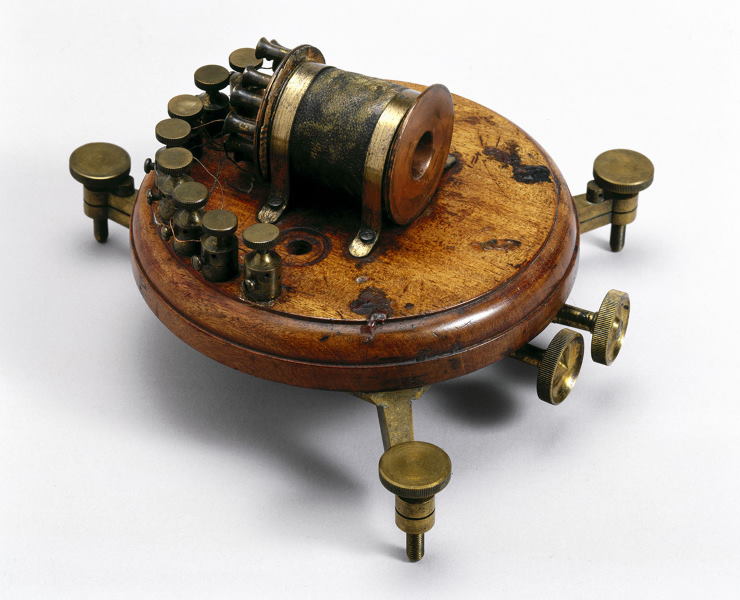
He patented a telegraph receiver known as a ‘mirror galvanometer’: this device was a contributing factor in the eventual success of the cables. This was just one of many devices that Thomson invented and subsequently patented over the course of his impressive career. Kelvin had always had a great love of sailing, he even rowed for Cambridge winning silver sculls. He eventually purchased a 126-ton yacht named Lalla Rookh, and many of the devices that he invented and patented later in his career were related to maritime engineering.
William Thomson died on 17th December 1907 aged 83 at his Scottish baronial estate in Largs and was buried in Westminster Abbey, next to Isaac Newton, no less. Lord Kelvin’s character is best summed up in his own words. He said that ‘questions of personal priority, however interesting they may be to the persons concerned, sink into insignificance in the prospect of any gain of deeper insight into the secrets of nature.’ Known as a modest and kind man, full of humility, he was uninterested in personal gain: for William Thomson, it was all about science.
By Terry MacEwen, Freelance Writer.
Published: February 3, 2021.
